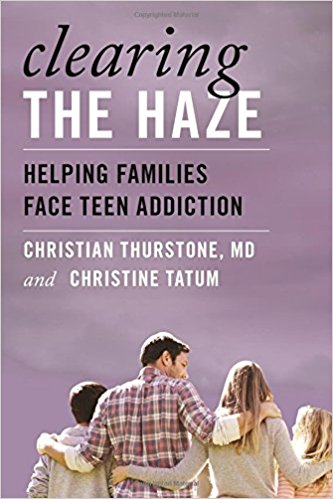Monitoring the Future, the only nationally representative survey of American students that examines their drug-use patterns and attitudes, is reporting today:
The 2013 rates of past-month use of marijuana by 8th, 10th and 12th graders increased 1.2 percent, 4.2 percent, 3.3 percent respectively.
6.5 percent of high school seniors reported they smoke marijuana daily. That is up from 6 percent in 2003 and 2.3 percent in 1993. Daily marijuana use in adolescence is associated with poor mental health, permanent loss of IQ and poor school performance.
One-third of high school seniors living in medical marijuana states report they obtain their marijuana via someone else’s “recommendation” for the drug. Another 6 percent of students said they use their own recommendation to get marijuana. These findings are consistent with research that has found significant diversion of medical marijuana to youth in Colorado — which permits medical marijuana recommendations for youth as young as 18 and for even younger children who have the approval of a parent or legal guardian. “That teaches us that policy changes will lead to changes in availability,” Wilson Compton, deputy director of the National Institute on Drug Abuse (NIDA), told Bloomberg News. Medical marijuana is legal in 20 states. Last year, Colorado and Washington became the first states to legalize the drug’s recreational use and sale of marijuana to people 21 and older.
Regular marijuana use is not harmful, according to 60 percent of high school seniors surveyed. That’s a significant increase from last year’s rate of 55.9 of students who reported the same. This shift in students’ perception of the harms of using marijuana is especially concerning because it suggests future increases in student marijuana use.
“A new marijuana industry is forming in front of our eyes, and make no mistake about it: they are delighted their customers — today’s youth — consider their product safe,” said former Congressman Patrick J. Kennedy, co-founder of Smart Approaches to Marijuana (Project SAM), a national organization (see www.learnaboutsam.org) on whose board I serve. “The rise of legalization and medical marijuana has sent a message to young people that marijuana use is harmless and non-addictive, contrary to science supported by the American Medical Association, National Institutes of Health and every other major scientific body that has examined the issue.”
“Let these numbers be a wakeup call to parents and decision-makers alike,” said Kevin A. Sabet, a former senior drug policy advisor in the Obama administration who now serves as executive director of Project SAM (see also www.kevinsabet.com). “There is no way to properly ‘regulate’ marijuana without allowing an entire industry to encourage use at a young age, to cast doubt on the science, and to make their products attractive – just like Big Tobacco did for 50 years. Today’s Big Marijuana is no different.”
There is some good news reported by the most recent Monitoring the Future:
Cocaine and heroin use are at “historic lows” and didn’t change significantly this year, according to the National Institutes of Health (NIH).
Total alcohol use continued to fall, with 40 percent of students reporting they used within a month of taking the survey. That is down from the 1997 peak of more than 50 percent of students who reported past-month use. The survey also showed that 22 percent of high school seniors engaged in binge drinking two weeks before the survey, a slight decrease from last year’s study. The survey defined binge drinking as having five or more drinks in a row.
While these are numbers trending in the right direction, let’s take care not to compare substances as if they’re interchangeable. Let’s also continue to work diligently on prevention of these substances’ use because several studies show that people who use marijuana are more likely to use other illicit drugs, such as cocaine and heroin. (See Mayet A, Legleye S, Falissard B, Chau N.Cannabis Use Stages as Predictors of Subsequent Initiation with other Illicit Drugs Among French Adolescents: Use of a Multi-State Model. Addict Behav. 2012 Feb;37(2):160-6. For a brief summary of the significance of this recent research, please see this post.). If the current — and significant — drop in teens’ perceived risks of using marijuana lead to a spike in adolescent use of that drug, then we also should be fully prepared to see increased use of other drugs.
More than 41,000 students from about 400 public schools completed the Monitoring the Future survey, which is conducted by the University of Michigan and funded by the National Institutes of Health. The study began in 1975 by asking questions of high school seniors. In 1991, the survey expanded to include 8th and 10th graders.



We welcome all thoughtful comments, but please abide by our commenting rules